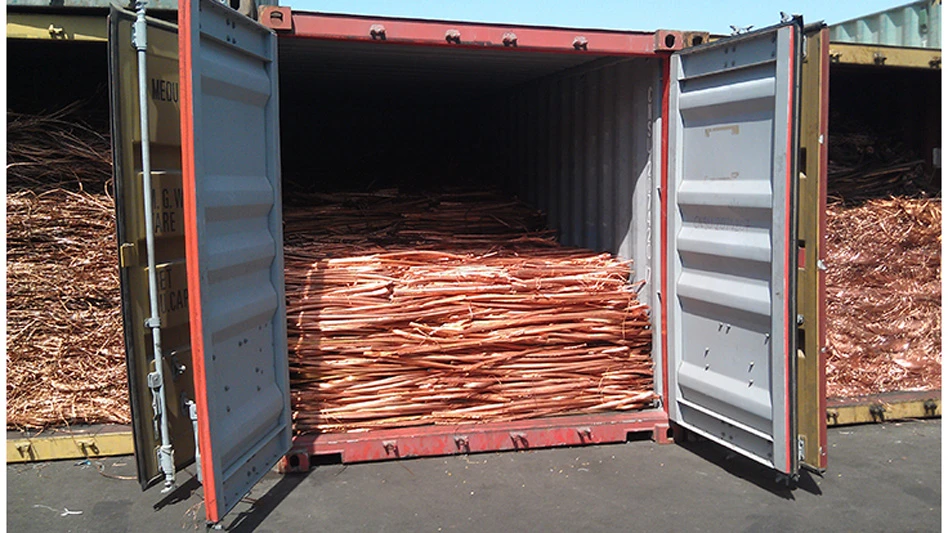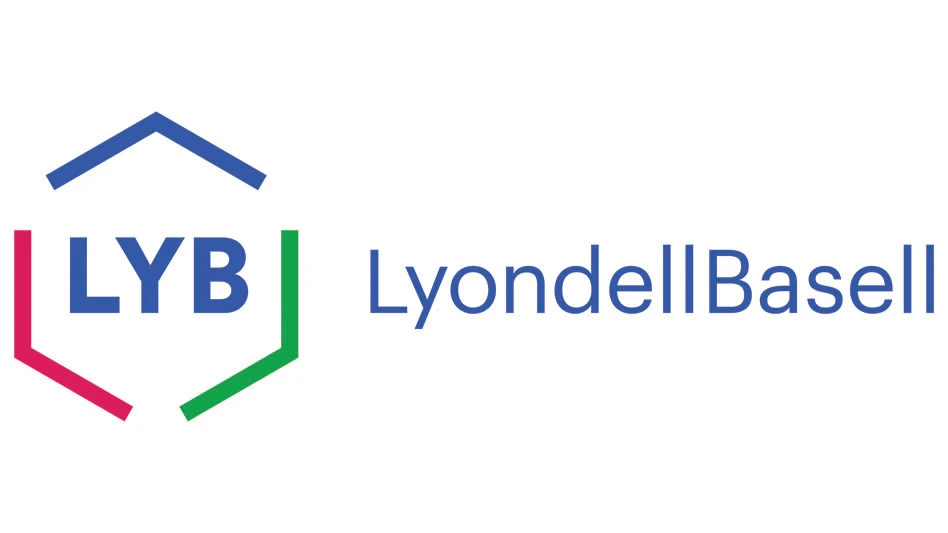Purpose-built scrap handlers are machines designed especially for the scrap yard environment. Since these handlers have been made specifically to process scrap, their manufacturers point out several differences from those that started out as excavators and then were converted.
GET PROTECTED
"A scrap yard is very demanding on a scrap handler," says one manufacturer. "The machine is constantly cycling, swinging loads, maneuvering to load and unload, and generally taking a beating out there."
Because of this environment, purpose-built handlers have extra protection in areas that are normally exposed in an excavator. For example, there are flanges on the goose neck of the stick to protect the hydraulic lines that power the attached grapple or shear. These flanges come in handy when the operator is loading or unloading scrap from a railcar or truck and rubs the end of the stick against the side of the box or against some scrap.
"If one of those hydraulic hoses is damaged, the scrap handler is down," says a manufacturer. "The flanges are a simple design feature for protecting those lines."
Other areas that manufacturers have targeted for protection are hydraulic cylinders, wheels, the undercarriage, the turntable bearing and the operator’s cab. Hydraulic cylinders can be protected by simply adding a protective shield over the cylinder ram so that when it retracts from the casing, the shield will guard it against any flying scrap. Hydraulic cylinders also can be inverted to minimize dust or dirt entering through the head seal.
For models with dual tires, one manufacturer has designed a shield to prevent scrap from being caught between the tires. Another manufacturer has enclosed its turntable bearing for added protection and uses an oil bath lubricating system instead of having to grease it by hand. Protective glass and shielding around the operator’s cab is always a good idea, as well.
While protection of normally exposed areas is desirable, processors should look for machines that don’t have a lot of hoses or parts exposed in the first place. In addition, look for an uncluttered undercarriage with plenty of clearance under the crane so that scrap can’t damage any areas there.
HANDLING THE LOAD
Another area that manufacturers of purpose-built scrap handlers claim is an advantage is in the basic design. "Excavators are built for digging," says a manufacturer. "That’s where all the forces are concentrated - up front so that the machine can dig down below grade. However, when that excavator is converted to a scrap handler, it now is lifting and swinging a load from side to side. That introduces new stresses that the excavator was never meant to experience."
An excavator also is usually longer than it is wide, so loading characteristics will be different when handling from side to side, as opposed to front and back. One manufacturer even says to look at the number of bolts in the turntable bearing and their spacing. "On excavators, there will be more bolts closer together in the front and back of the turntable bearing. But on the side, there are fewer that are spaced more apart. That’s because an excavator doesn’t need that extra support on the side, but a scrap handler does."
Another manufacturer recommends that a processor consider how the crane is put together and the overall beefiness of the steel plate used in construction. Also, check for areas that are welded versus bolted, because bolts can get damaged if exposed, and even break off.
Also, make sure the cab is positioned so that the operator can adequately see what he is handling. Purpose-built scrap handlers have the cab already at a high enough height, and some manufacturers even have a cab system that can be raised so that the operator can see inside trucks and railcars, and then lowered for more efficient travel.
HYDRAULICS, ELECTRONICS
Most purpose-built scrap handlers have separate pumps for slewing the handler and for operating the attachment. "You don’t want any drop in performance if you are swinging the handler and maneuvering the boom and attachment," says a manufacturer.
However, some companies that offer purpose-built machines do use only one large pump to power all movement aboard its scrap handler. "Some handlers have separate pumps for the upper carriage rotation, and for the movement of the front and operation of the attachment," says another manufacturer, "but we use one main pump that is large enough to handle everything so that there is no noticeable decrease in power to any one area."
Another company uses a system that matches pump flow to demand, which maximizes hydraulic fluid circulation. This, in turn, gives better fuel economy and results in less heat build up in the hydraulic system. "This system also has a fine control so that when the operator moves the controls there is more smooth and even movement," says the manufacturer.
Also, some manufacturers have protected the hydraulic oil cooler to make sure dust and dirt won’t contaminate it.
As for electronics, many manufacturers use waterproof connectors and casings, and heavy-duty wiring.
One manufacturer has a free swing feature that allows the operator to disengage the swing brake, providing more control and safety when swinging a load.
Overall, manufacturers and dealers of purpose-built scrap handlers stress that processors gain an advantage when using their machines. "From top to bottom, our handlers come from one manufacturer, and every part and component is made to exacting tolerances," says one dealer. "The purpose-built handler also has the benefit of one source for support."
Sidebar
Maintaining Lifting Magnets
One manufacturer recommends the following preventive maintenance procedures for lifting magnets:
Magnet Case - check for cracks, broken welds, dents, discolored metal and severe wear evidence.
Lifting Lugs (ears) and chain - check for cracked welds and approximate percent of metal remaining.
Terminal Box - check for broken welds, broken lead clamps, compound leakage, wire insulation stress at clamps, dirt accumulation in box and arc tracking (burns) under leads.
Fill Pug - check for stopper damaged/missing and leaking compound or water at threadings.
Magnet Coil - test insulation resistance to ground using an Ohmmeter connection between each coil lead and magnet case. Also, check coil resistance by using a voltmeter connected across coil leads, and compare with nameplate data.
Bottom Plate - use a straight edge bridged across plate surface to note any concave or convex bending. Also check for scraps, gouges, broken welds, moisture leakage, carbon tracking (electrical arc), hackled or veining patches and metal discolorations.
Pole Shoes - check for broken welds, gouges, wear pattern, broken missing bolts and percent of shoe metal stock to the bottom plate.

Explore the June 1997 Issue
Check out more from this issue and find your next story to read.
Latest from Recycling Today
- APR, RecyClass release partnership progress report
- Clearpoint Recycling, Enviroo sign PET supply contract
- Invista expanding ISCC Plus certification program
- Redwood partnership targets recycling of medium-format batteries
- Enfinite forms Hazardous & Specialty Waste Management Council
- Combined DRS, EPR legislation introduced in Rhode Island
- Eureka Recycling starts up newly upgraded MRF
- Reconomy Close the Gap campaign highlights need for circularity







